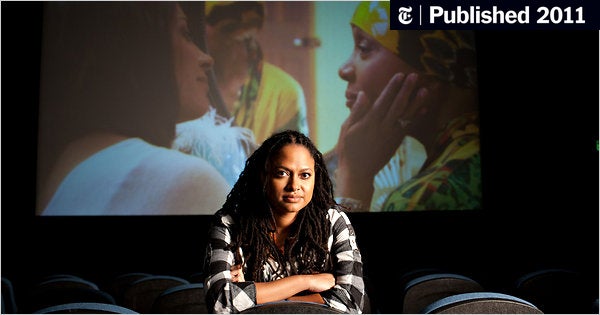Building a Festival Network for Black-Theme Films

But the strategy faltered, Mr. McGurk said, as costs rose, and black-theme films, which generally underperform in foreign markets, outgrew their niche. “The economics of that business really only work if you’re able to produce them for $10 million or less,” he explained.
Told of Ms. DuVernay’s new alliance, Mr. McGurk, who is now the chief executive of Cinedigm Digital Cinema Corporation, said, “They’re doing the right thing.” Low budgets and precise marketing, he said, are critical to reviving the genre.
Others warn that great passion and a festival network cannot match the power of a well-heeled studio distribution mechanism. And Ms. DuVernay acknowledges that her alliance can do little more than get a picture on screens; turning a profit will depend on what happens to a film at additional theaters and in home entertainment markets after its brief introduction.
Still, Mr. Spikes said, filmmakers and studios could learn something from glad-handing politicians, who have long used networking and physical presence to build support. Films distributed by the new alliance, he said, will be backed by directors and stars who are willing “to go on the road and do that heavy-lifting” with festival-style appearances at screenings.
As opportunity diminished in feature films, Mr. Spikes noted, black actors and filmmakers — like more than a few white counterparts — have turned increasingly to television. He cited Regina King, who plays the detective Lydia Adams on “Southland,” as someone who was once better known for her work in feature films like “Boyz N the Hood,” “Poetic Justice” and “How Stella Got Her Groove Back.”
Yet this year’s Sundance Film Festival has a strong run of work by black filmmakers, including “Pariah,” about the struggles of a Bronx teenager, from the writer and director Dee Rees, and “Gun Hill Road,” another Bronx tale, written and directed by Rashaad Ernesto Green.



